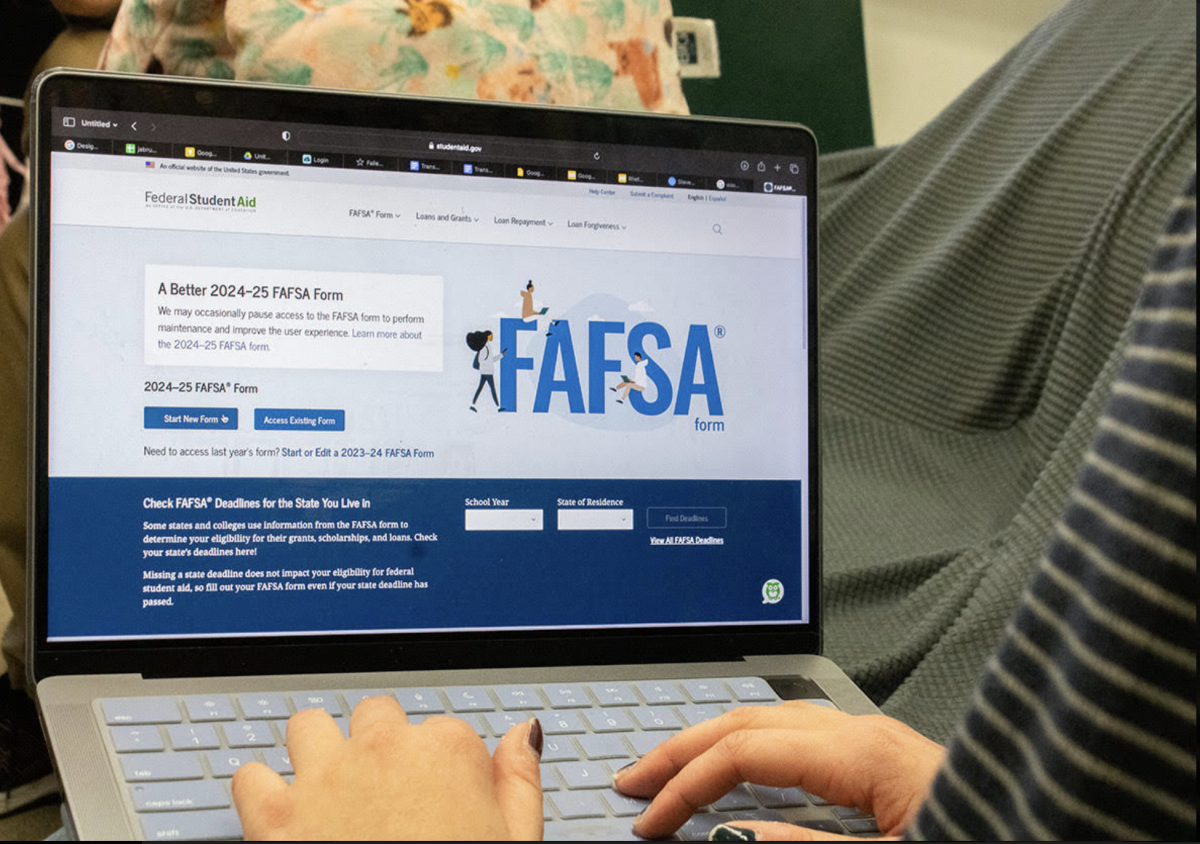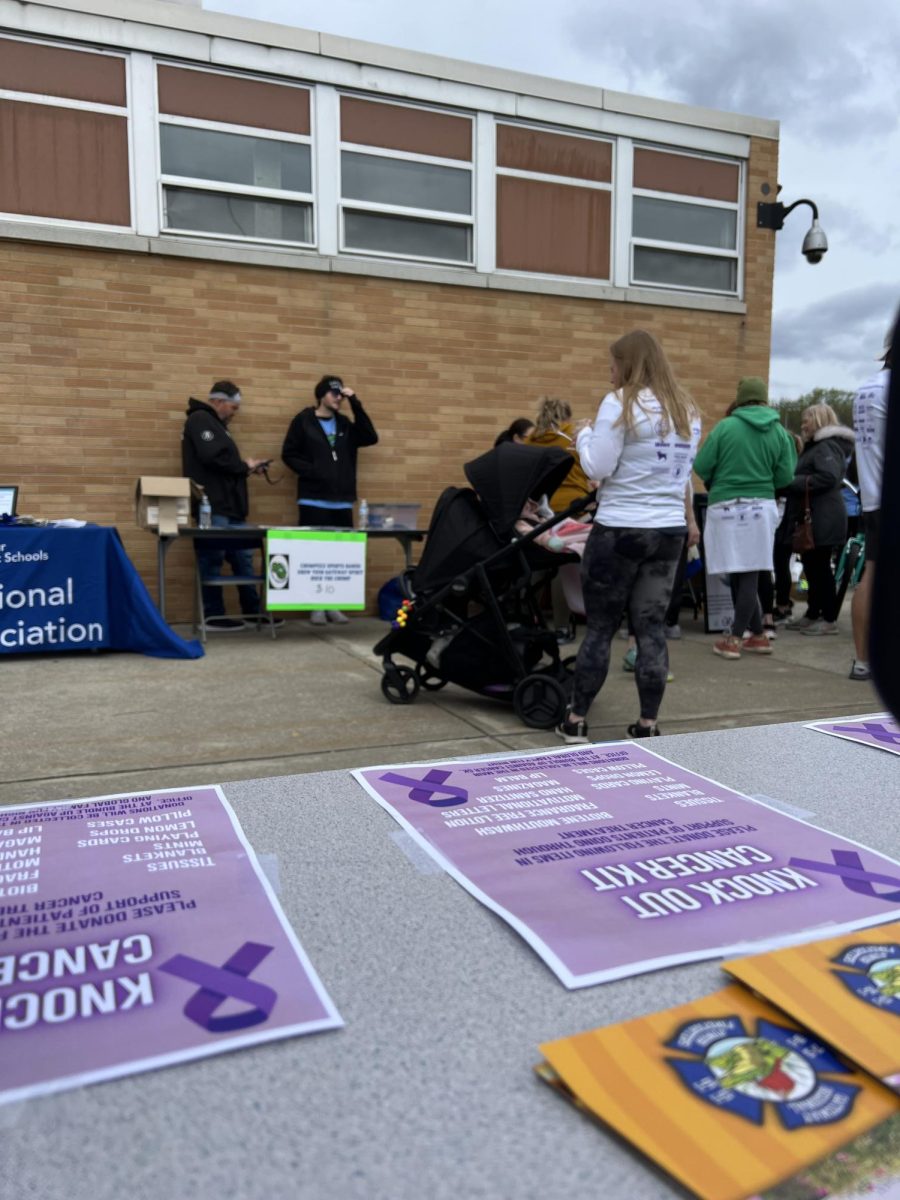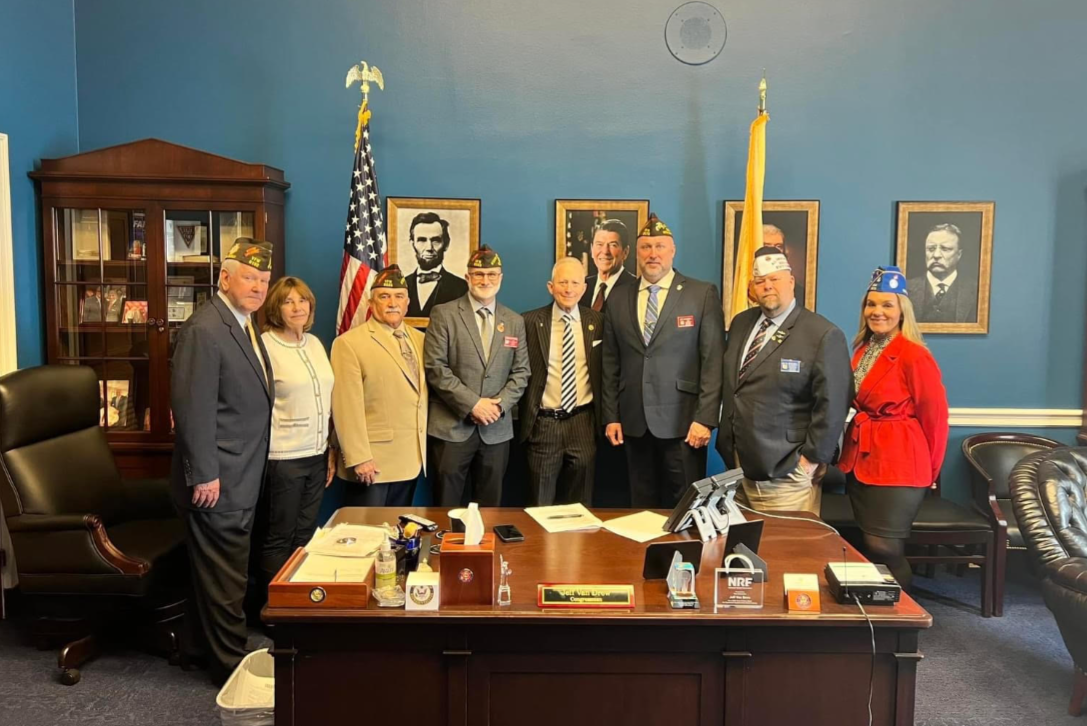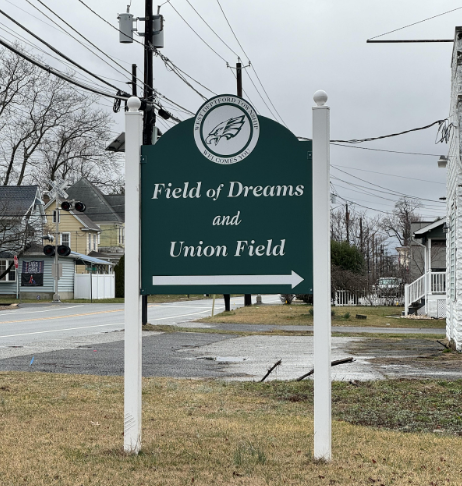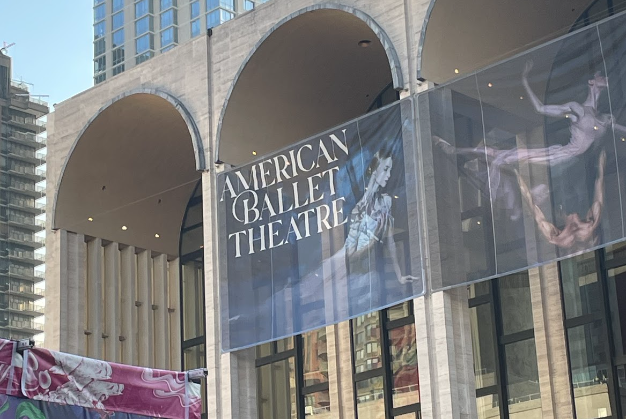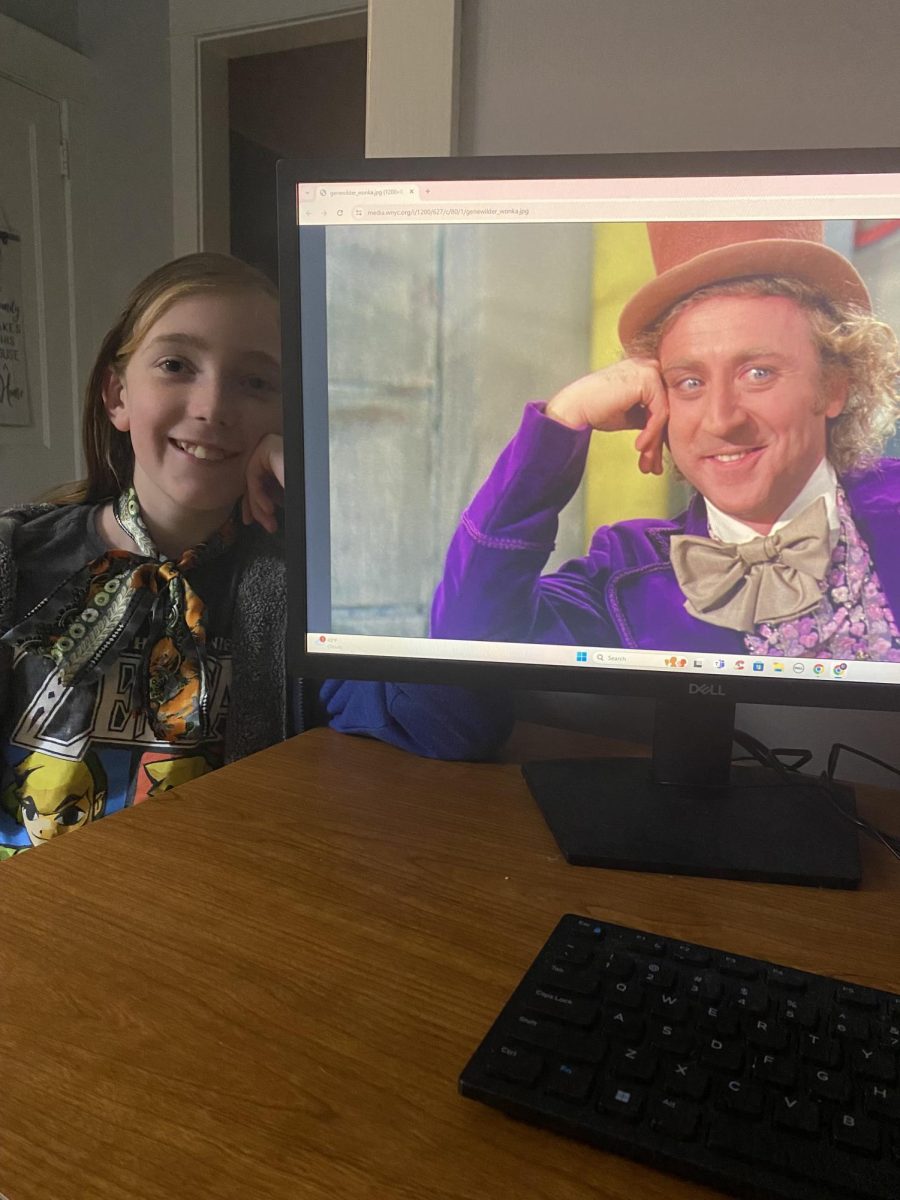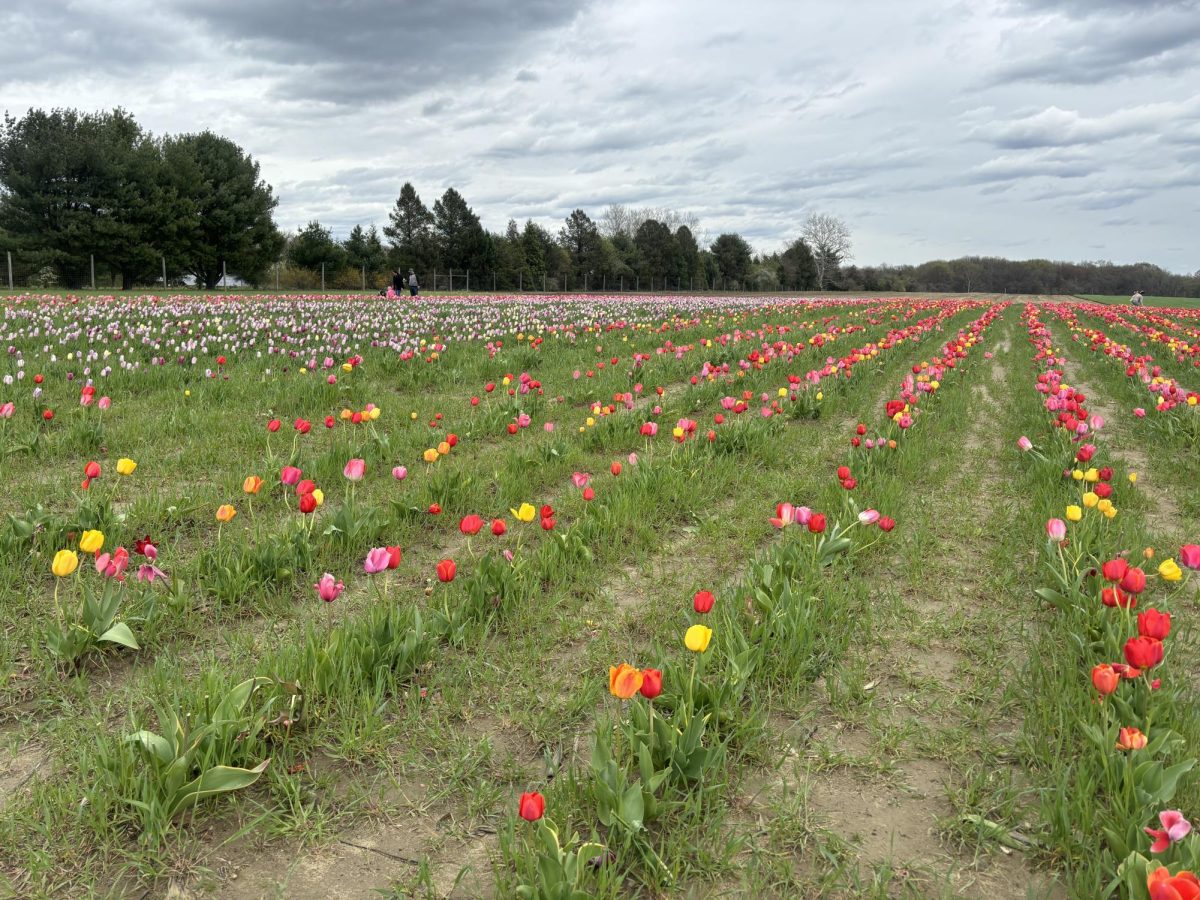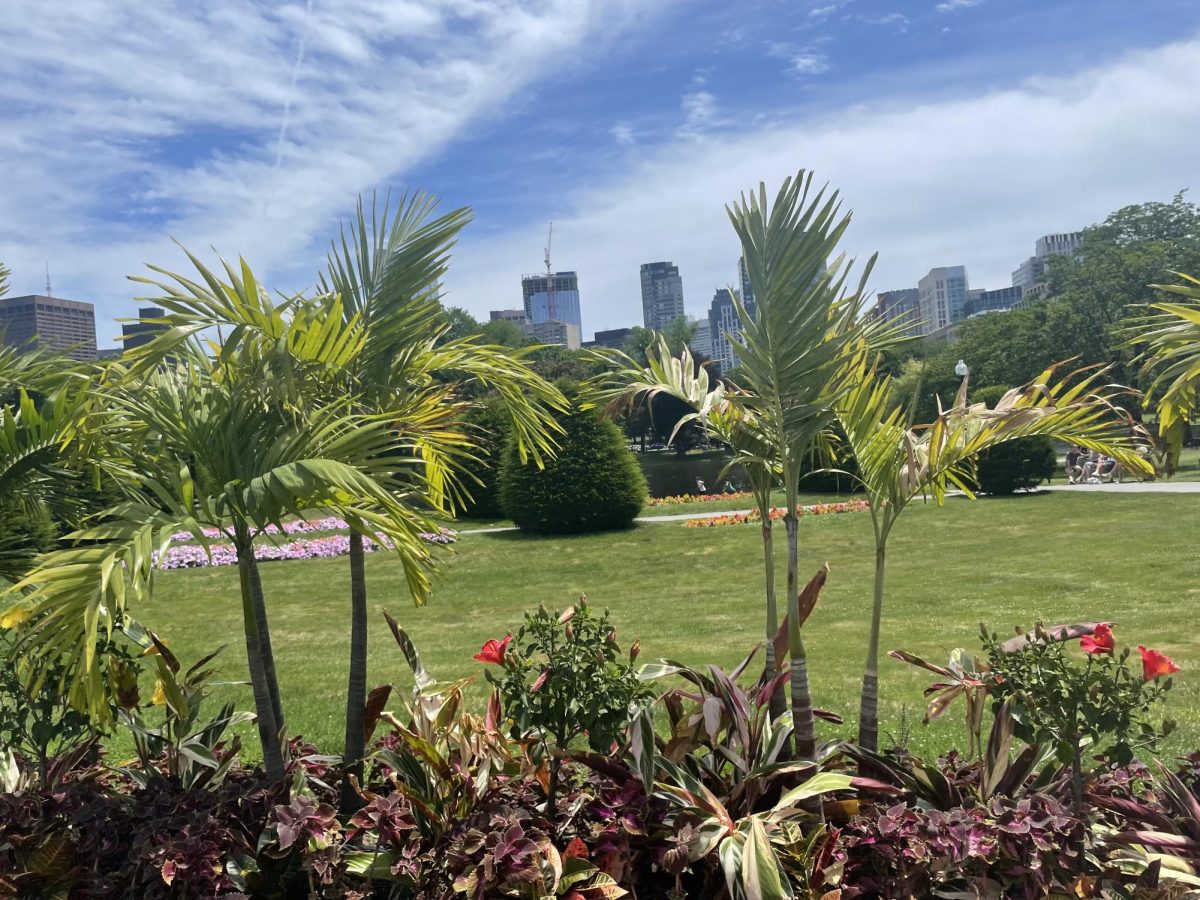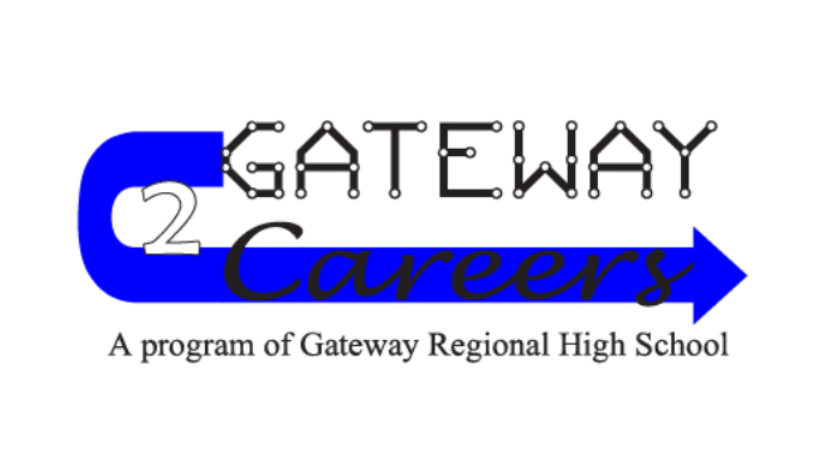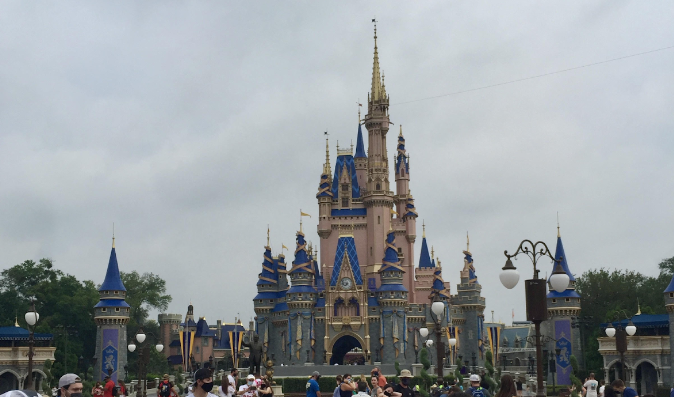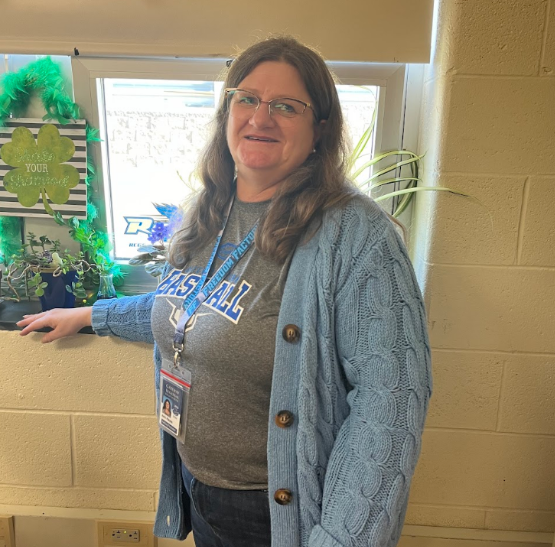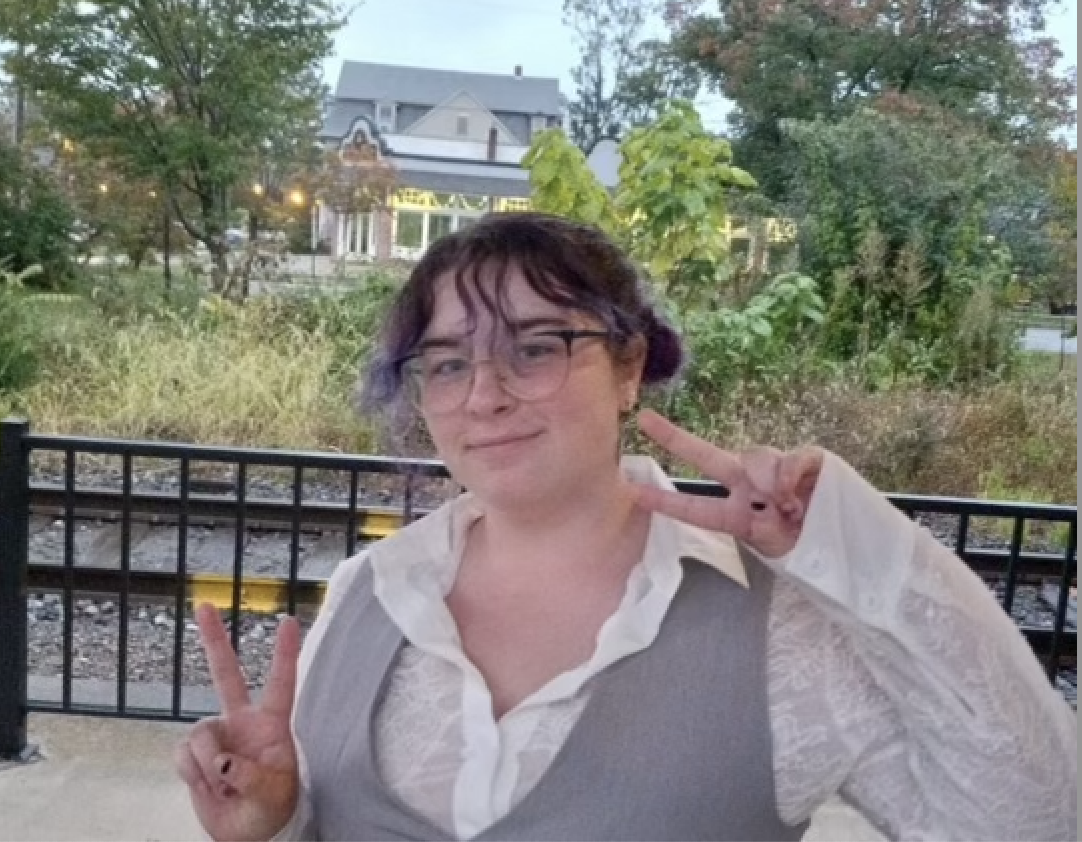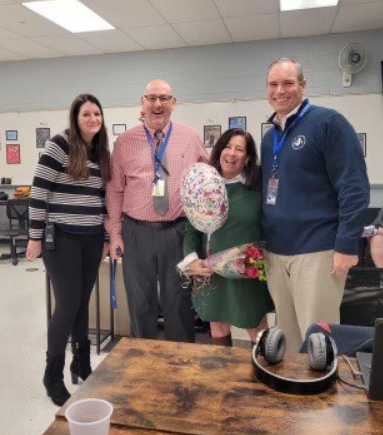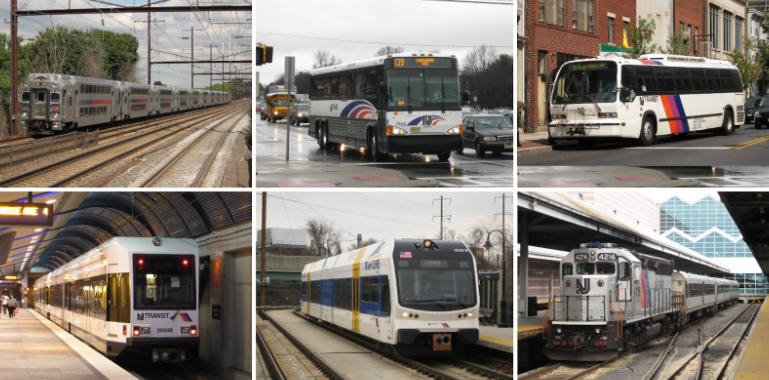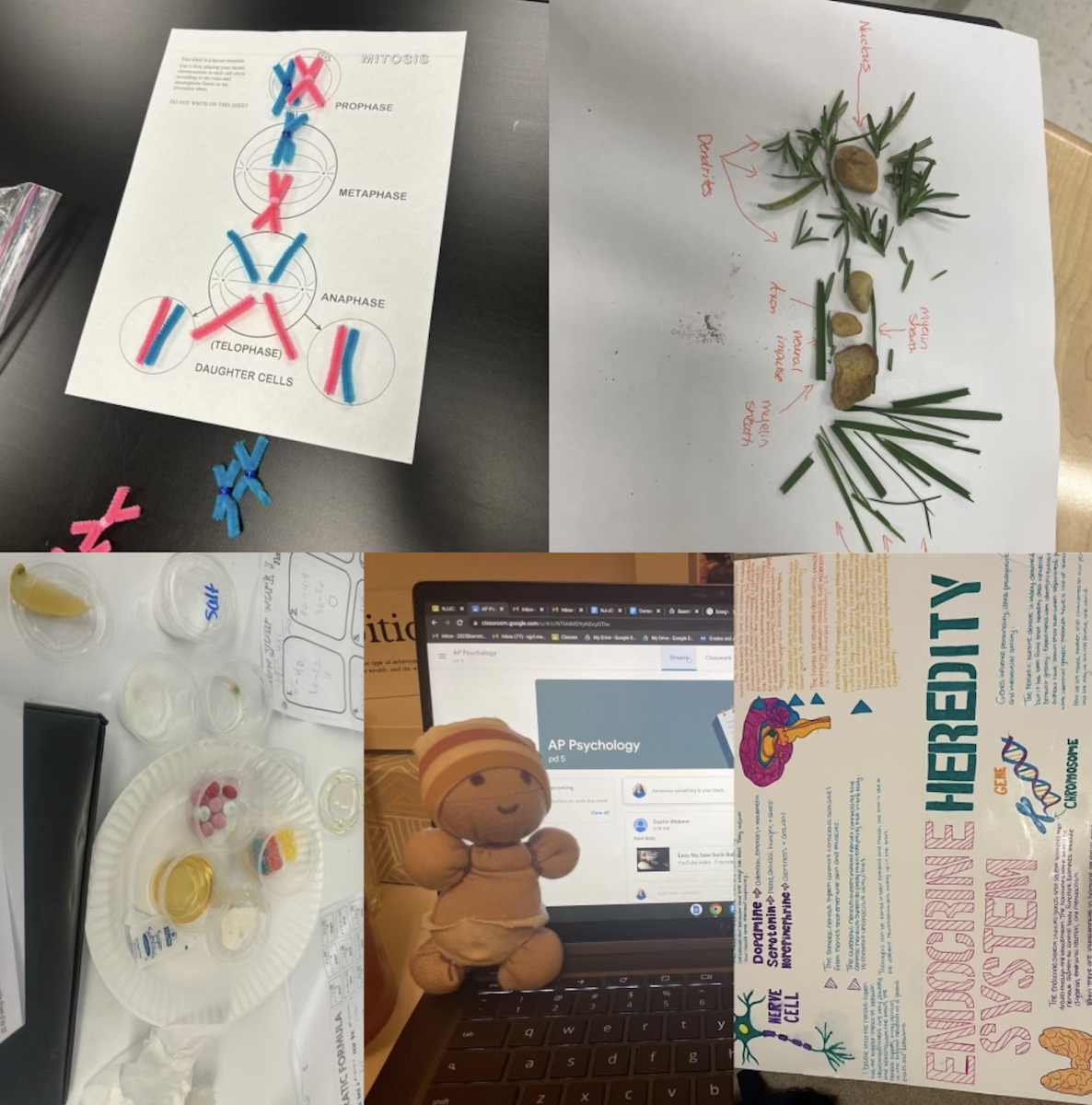Public transportation in suburban South Jersey presents a unique set of experiences and challenges. Despite the promise of timely services, the reality often falls short, with frequent delays and irregular schedules. Even so, transit offers many benefits and should not be simply written off. This piece takes a deep dive into bus and train commuting in South Jersey, exploring the peculiarities of different routes, the current state of services, proposed improvements, and the potential impacts on travel efficiency and the environment.
Becoming a regular bus commuter in New Jersey means understanding the idiosyncrasies of the buses you frequent. You begin to notice the peculiar traffic patterns that the bus often encounters. For instance, the 402 bus inevitably meets a red light just shy of the bus stop. You meet the most interesting working-class people at a bus stop, and you truly realize how far it is from the popular interpretation of just homeless drug addicts.
NJ Transit bus stops, often lacking in amenities save for the sign, may even lack that too, leaving passengers questioning where exactly the designated stop is. The NJ Transit route 463 running from Woodbury to Avandale Park & Ride makes a stop right in front of Gateway, but you wouldn’t know, because this is one of the numerous stops unmarked on Tanyard in Woodbury Heights.
Despite all these problems, bus services are an affordable and popular mode of transport for many, though marked improvements in timing and frequency can improve the ridership.
When it comes to the train experience, there is the P ATCO Speedline (generally just PATCO), which connects Lindenwold to Center City. While it is technically operated by the Delaware River Port Authority, it is an important part of South Jersey transit. It operates on a frequent 24/7 schedule, offering riders a reliable means of transport. Despite its age, dating to 1969, and the occasional bumpy ride, the PATCO Speedline still exudes a unique charm from when it was literally the most advanced metro system in the world (!), proving that old can indeed be gold.
The River LINE, South Jersey’s only light rail option, serves communities along the Delaware River stretching from Camden to Trenton. While it makes several intermediate stops that many might not particularly care about, the train ride offers some picturesque views of the Delaware River, making the leisurely pace slightly more tolerable. While it is a smooth ride, it can still sway somewhat annoyingly while moving. However, express service between Camden and Trenton would be greatly appreciated by passengers needing to make transfers to Amtrak or the Northeast Corridor Line.
NJ Transit also offers the Northeast Corridor Line service, serving areas from Trenton to New York. The smooth and efficient journey does come at a steeper cost when compared to regional transit but saves significant travel time and is overall more reliable and comfortable than bus or light rail. However, this service requires you to venture all the way to Trenton, which with the relatively slow River LINE service, can make for very long commute times.
The only commuter rail service formally within South Jersey is the Atlantic City Line, whose western terminus is 30th Street Station in Philadelphia. I have not personally taken this service, but it also provides important connections for many New Jerseyans.
These few services are the only passenger rail remaining in South Jersey, leaving large swaths of land covered with one or two infrequent bus routes. Unfortunately, this renders transit infeasible for many commutes and longer journeys. To this end, NJ Transit is making significant strides to improve connectivity in South Jersey, with plans like the Glassboro-Camden Line (GCL).
GCL will cater to a major portion of Gloucester County. Initially slated for completion in 2019, local pushback and COVID-19 disruptions have significantly delayed it, now aiming to be operational by 2028. The line will pass through all Gateway sending districts, but will not stop in Wenonah after their town council blocked a station from being constructed. It connects with PATCO and the River LINE in Camden, providing significant benefits to South Jersey transit commuters.
NJ Transit is also working on implementing a South Jersey bus rapid transit (BRT) system. This is a lower-cost and less intrusive plan than adding light rail connections. Under this plan, buses from Deptford, Gloucester City, and Winslow (Avandale Park & Ride) will make stops in Camden and at 30th Street Station in Center City. This provides important connections for commuters to Philadelphia and along the River LINE, and NJ Transit advertises that this will be much more reliable than existing bus service and will reduce commute times for passengers. It is currently under environmental review.
The biggest frustration with NJ Transit’s suburban routes is their hourly frequency. To increase ridership, NJ Transit needs lower waiting times, 30 minutes or better. But as with many school bus companies, there are simply not enough bus operators to make that happen. In addition, NJ Transit should consider extending bus lines further to avoid situations like this (Wenonah to Washington Township):
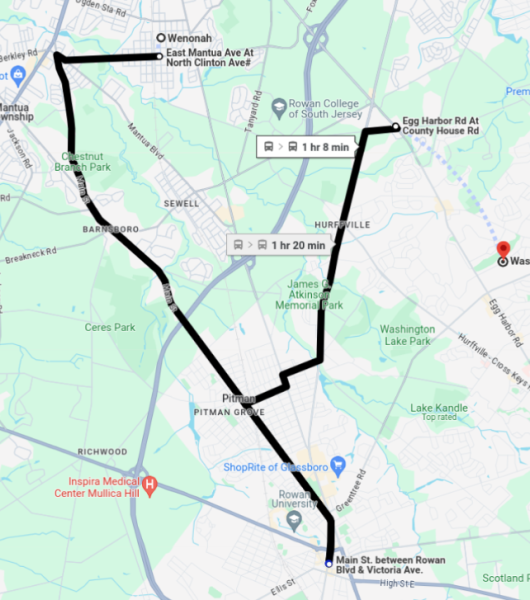
As for rail transit, there are several proposals to extend connectivity which I can name. For example, I would like to see the North Jersey Coast Line, which runs from New York to (generally) Long Branch, extended all the way down to Cape May.
This is a linear distance of about 90 miles, practically several more, and would cost a ridiculous amount to build. But it would improve commute times in the area for the few year-round residents, and significantly improve traffic congestion far outside of the area in the summer months, for example connecting with the Atlantic City Line.
On another note, the Atlantic City Line that runs westward towards Philadelphia runs extremely infrequently, because the line is single-tracked. It was originally double-tracked, but now only has passing sidings, requiring significant headways between trains. They should bring back the double-tracked line, which also would cost a large amount of money, but would certainly help commuters from southeast New Jersey.
I would also like to see the River LINE’s single-tracked sections converted to double-tracked because they require 15-minute headways between trains currently. This would mean removing lanes of road traffic in some town centers, e.g. Burlington and Palmyra, but it would be a relatively cheap improvement which would reduce transportation time and allow more frequent service.
A final proposal is for the Port Authority to extend the PATCO service to 30th Street Station in Center City. Currently, the line terminates at 15-16th/Locust, which is still a significant walking distance from 30th Street. This would enhance the attractiveness of the service for commuters and travelers making connections in Center City, specifically to Amtrak, Megabus, or SEPTA Regional Rail.
These improvements all involve some significant investment, but they would undoubtedly enhance travel efficiency and remove cars from the road, which is sound long-term planning. I mean, have you ever heard of climate change? Do you know how much of an impact all of these cars have on the environment? This is one thing the average person can change and advocate for. It’s the largest single source of emissions caused by an end consumer in some way, and it is also one of the most preventable. Viewing transit as a simple subsidy for poor people is a destructive mindset.
The NJ Transit Experience is certainly not the smoothest or easiest of transit systems, but progress is being made to improve matters. People need to recognize the importance of public transit in solving the world’s problems, instead of simply shrugging it off as infeasible or inefficient or that it is environmentally damaging compared to all the gas-guzzling cars on the road. NJ Transit has demonstrated with their plans that South Jersey is not too rural for effective transit, but that we instead need to simply invest in it.



